American History Timeline 1900 – 2000
How well do you know the history of the 20th century? What are some of the major events that happened in this time period?
If you’re like most people, you can list off inventions and discoveries, world wars and presidents, but what about more obscure events that shaped American history?
Learn how to make your American History timeline interesting and comprehensive with these main events that defined American History in the 20th century.
The early 1900s
During the early 1900s, people in America faced many challenges. The nation’s population had doubled to over 100 million by the year 1900, and industry was fast expanding. The nation faced a time of great economic growth and unprecedented technological advances.
By 1920, it became evident that women were no longer content to be homemakers or child-rearers and wanted equal rights with men.
However, despite these strides for women’s rights, racism flourished as African Americans faced discrimination from white Americans and from their own government. Women and minorities continued to face hardship as segregation persisted in most regions of America.
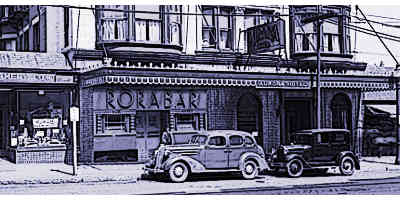
America enters World War I 1917
America entered World War I in 1917, but remained neutral for most of its duration. In April 1917, Germany resumed unrestricted submarine warfare and sank three American merchant ships. Wilson’s Secretary of State, Robert Lansing, explained to Congress that the Imperial German Government presents a serious menace to the freedom and security of the people.
The result was America’s entry into World War I on April 6, 1917. After many years of war, peace was restored with the Armistice on November 11 1918.
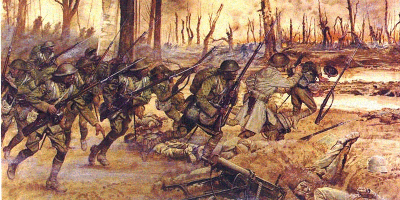
The Roaring Twenties 1920
In 1920, women were given the right to vote by a constitutional amendment. In 1924, Calvin Coolidge was elected president and he appointed two new Supreme Court justices. Prohibition was enacted in 1919 and became law in 1920. The result was a rise in organized crime, including Al Capone’s gang in Chicago.
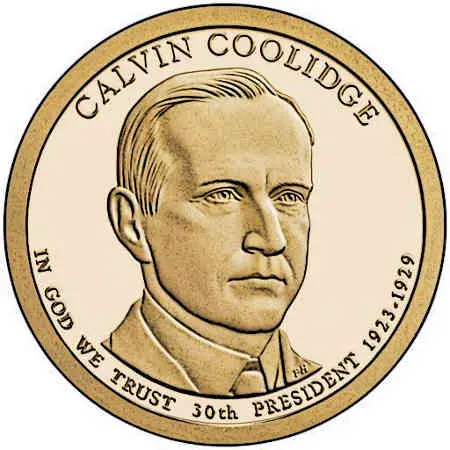
It also led to widespread corruption among police officers, politicians and judges as well as increased alcohol consumption by those who could still afford it. The decade saw great economic prosperity that left many Americans feeling prosperous for the first time in their lives.
Unfortunately, it also led to an economic collapse known as the Great Depression.
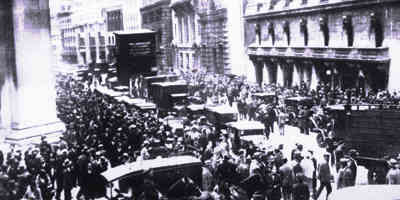
The Great Depression 1929
The Great Depression started with the Wall Street Crash of October 1929. The Great Depression was a time period when businesses and companies closed because people were not buying their products.
This led to high unemployment rates and lower salaries for those who did have jobs. The Great Depression lasted from 1929 until 1941, which is when World War II began.
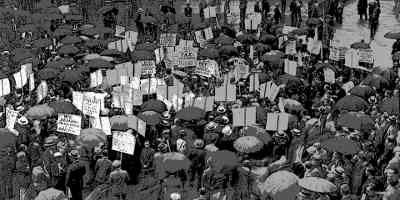
America enters World War II 1939
Nazi Germany invaded Poland In the year 1939, this event would push America to enter World War II.

After the attack on Pearl Harbor, President Franklin D. Roosevelt issued a declaration of war against Japan and Germany on December 11, 1941, only three days after Pearl Harbor was attacked and then declared war against Italy in 1943.
World War II ended with the 1945 Allied victory over Nazi Germany and Japan at the cost of many lives.
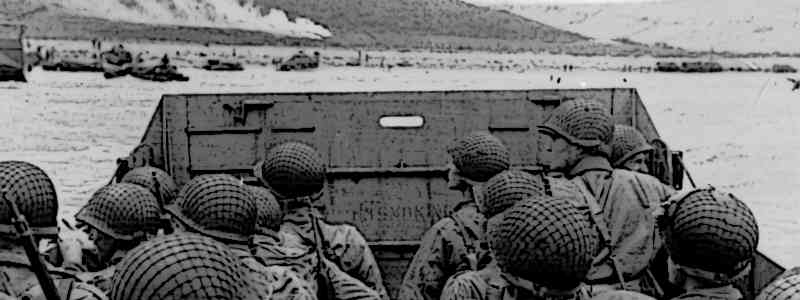
The Cold War 1945
In 1945, World War II ended with United States and Soviet Union as the two global superpowers.
The Cold War was a period of geopolitical tension between Communism and Democracy which pitted the Idelogies of Russia and the US against one another.
This period of tension was marked by espionage, military and nuclear buildups, propaganda campaigns and a constant threat of nuclear war. However, this tension never led to all-out war between these nations.
In 1991 with the fall of communism in Eastern Europe and the dissolution of Soviet Union in 1991, tensions began to ease and the Cold War came to an end.
Civil Rights Movement 1954
Between 1882 and 1968, African Americans had been denied the right to vote by Southern states in addition to being segregated from whites in schools, transportation and public places.
In 1954, a series of events led to what would be known as the civil rights movement. One year later, Rosa Parks was arrested for refusing to give up her bus seat and move to the back of the bus.
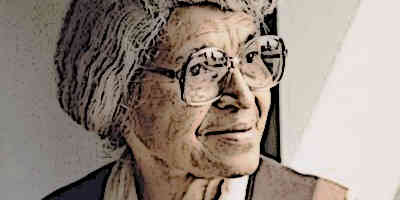
Rosa Parks
The following year four black students were killed by a bomb in their church while preparing for Christmas services. The killings were so horrific that they inspired Dr. Martin Luther King Jr. to lead a non-violent march on Washington D.C., which took place on August 28, 1963.
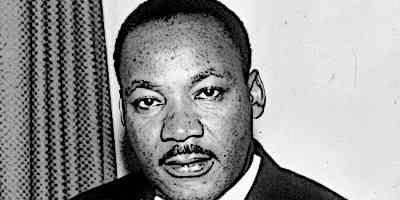
Martin Luther King
The late 1900s
In the late 1900s, many major events have happened. America saw a change in its makeup when it allowed people from other countries to immigrate into America. This change lead to more conflicts with the Native Americans and African Americans.
These people had been oppressed for years and this created a shift in power. The world has also seen great industrialization which led to more advanced technology and inventions that helped us see how much we rely on oil to keep our society running smoothly.